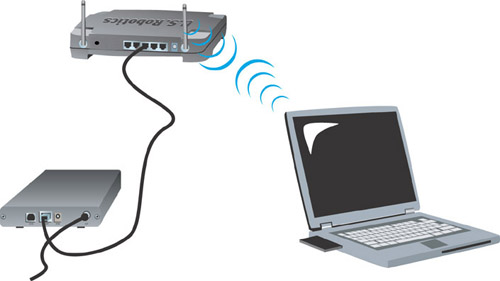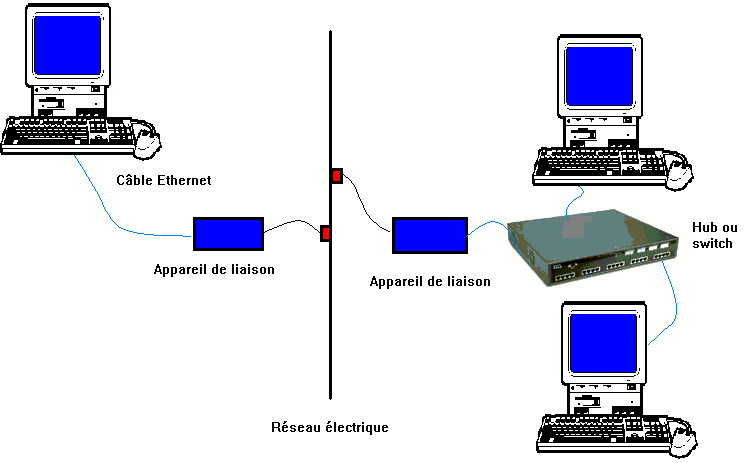Ethernet connection
Connection-oriented Ethernet refers to the transformation of Ethernet, a connectionless communication system by design, into a connection-oriented system. The aim of connection-oriented Ethernet is to create a networking technology that combines the flexibility and cost-efficiency of Ethernet with the reliability of connection-oriented protocols. Connection-oriented Ethernet is used in commercial carrier grade networks.Traditional carrier networks deliver services at very high availability. Switched data transport networks are different, as they offer new and different services based on features as statistical multiplexing and complex connectivity schemes (any point to any point).
Moreover packet transport equipment which makes the ‘machinery’ of data networking, leaving most of the ‘carrier-grade’ qualities such as quality of service, routing, provisioning, and security, to be realized by packet processing. Addressing these needs in a cost-efficient way is the challenge of all packet-based technologies as next-generation network services emerge and converge over packet-based transport solutions (such as the Internet).
The IP-MPLS approach aims at providing guaranteed services over the Internet Protocol using a multitude of networking protocols to create, maintain and handle packet data streams. While this approach solves the problem, it inevitably also creates a great deal of complexity as well as poor network utilization.
















No comments:
Post a Comment